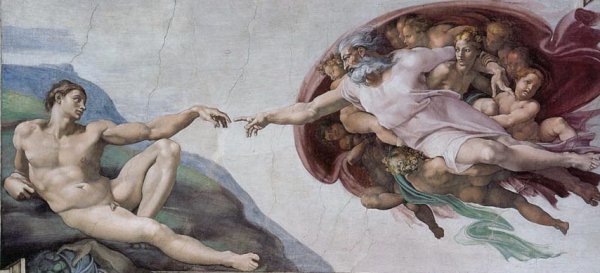Quotations from the past
In the video “The Amen Break” I found this statement particularly interesting:
“To trace the history of the amen break is to trace the history of a brief period of time when it seemed digital tools offered a potentially unlimited amount of new forms of expression, where cultural production, at least musically, was full of possibilities by virtue of being able to freely appropriate from the musical past to make new combinations and thus new meanings” (Minute 15.03-15.26).
As argued in the video, it seems the increase in copyright laws, although meant to protect the authors of creative works, can in fact greatly restrict new innovations in art. The less a creator can use, the less he or she can create. Not to mention the slippery slope of what constitutes truly “original” creative material since essentially everything has been borrowed from someone else’s idea. The Amen Break video mentions this when the narrator says that “nothing today… is genuinely new” because our culture is based on a public domain and without that domain it is impossible to create new forms and expressions.
A great example of this can be found in Renaissance art. Like the time before the Amen Break was strictly copyrighted by Zero G Limited, art during the Renaissance wasn’t subject to issues of copyright infringement and artists frequently quoted their contemporaries without question. Here, artists openly borrowed certain compositional structures, iconography and pictorial solutions from each other using a method called imitation, in which artists would take the best qualities from a previous work and emulate them into a more perfect work. For example, Domenichino’s Rebuke of Adam and Eve undoubtedly quotes Michelangelo’s Creation of Adam from the Sistine Chapel Ceiling in an explicit way. The floating figure of God is almost exactly the same in both paintings. However, Michelangelo did not attempt to prosecute Domenichino on copyright infringement because first of all, no such laws existed during this time and second of all, the artistic community understood the importance of imitation in the progression of art. Most likely, Michelangelo got his idea for the image of God from somewhere else so he would not be able to claim the rights to it. As a result, before demanding rights to intellectual property, it is vital to understand the importance of sharing in the realms of artistic creation and innovation.

Domenichino's The Rebuke of Adam and Eve

Michelangelo's Creation of Adam